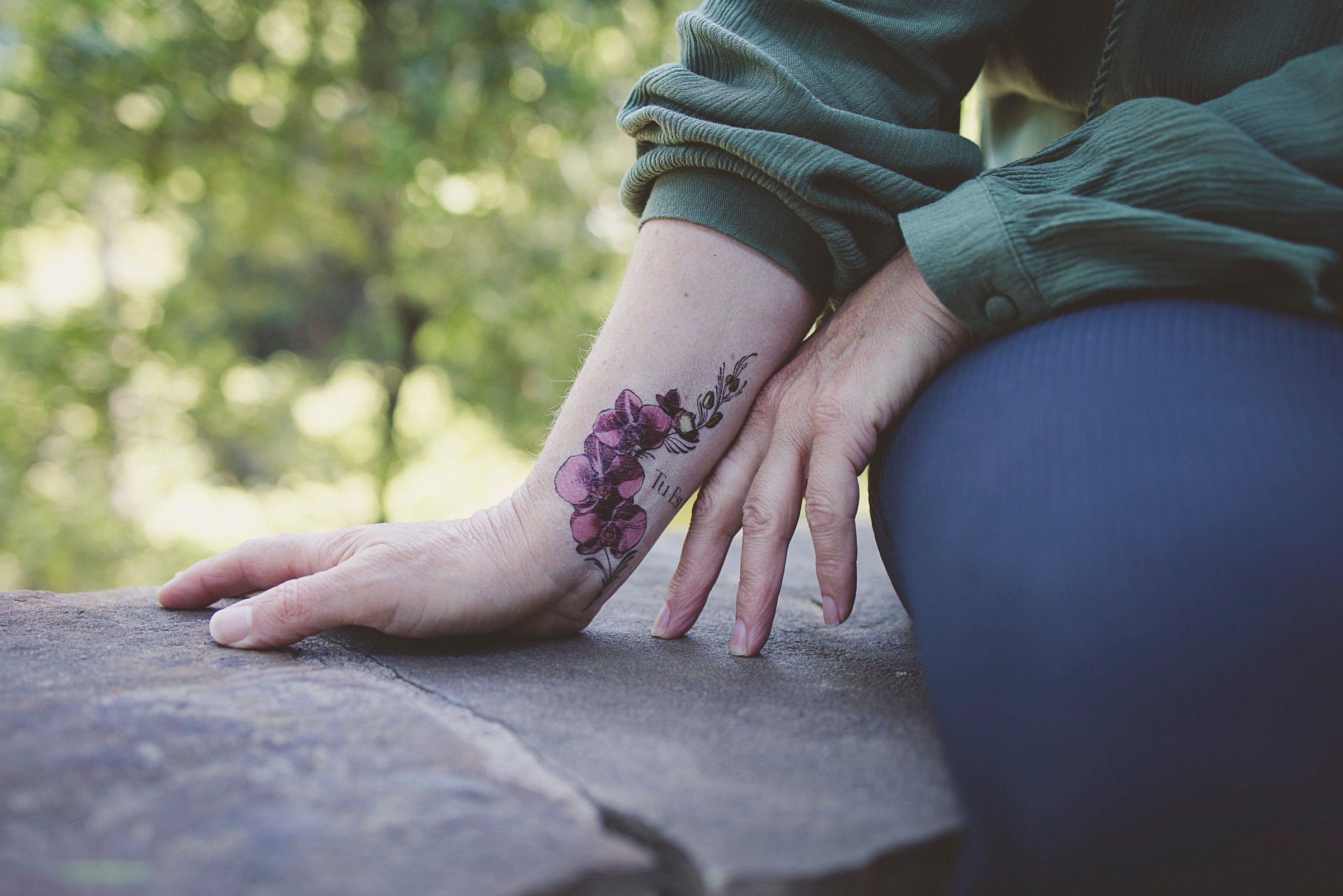Understanding BFRBs: Compassion, Awareness, and the Power of Support
Imagine feeling an overwhelming urge to pull your hair, pick at your skin, or bite your nails—often without even realizing it. You try to stop, but the impulse is strong, and before you know it, you've done it again. Then comes the shame, frustration, and the promise to yourself: next time will be different.
For millions of people around the world, this is a daily reality.
Body-Focused Repetitive Behaviors (BFRBs) are conditions that often go unnoticed, misunderstood, or misjudged.
But the truth is, they are far more common than most people realize, and with the right awareness, we can replace judgment with compassion and help create a world where those struggling feel seen, understood, and supported.
What Are BFRBs?
BFRBs, or Body-Focused Repetitive Behaviors, are compulsive behaviors that involve damaging one’s own body through repetitive actions. The most well-known BFRBs include:
-
Trichotillomania (Hair-Pulling Disorder) – The urge to pull out one’s hair, often from the scalp, eyelashes, or eyebrows.
-
Excoriation Disorder (Skin-Picking Disorder) – Compulsive picking at the skin, leading to wounds, scars, or infections.
-
Onychophagia (Chronic Nail Biting) – Excessive nail-biting that causes physical damage.
-
Morsicatio Buccarum (Cheek Biting) – Repeatedly biting the inside of the cheeks or lips.
-
Dermatophagia – Biting or chewing at the skin, usually around the fingers.
These behaviors are not simply bad habits—they are compulsions, often driven by anxiety, stress, sensory needs, or emotional regulation difficulties.
Many people engage in BFRBs without even realizing it, and stopping is not as simple as "just having more willpower."
How Many People Experience BFRBs?
You are not alone if you or someone you love experiences a BFRB. Research suggests that:
🔹 1 in 20 people—or about 5% of the population—experience a BFRB at some point in their lives.
🔹 Trichotillomania alone affects around 1-2% of people, while skin-picking disorder affects up to 5% of people.
🔹 Many people with BFRBs develop them in childhood or adolescence, and they can persist into adulthood if left unaddressed.
Despite how common these conditions are, BFRBs remain widely misunderstood, often leading people to suffer in silence.
A Personal Awakening: The Moment I Knew I Had to Stop
For years, I had lived with trichotillomania, the compulsive urge to pull out my hair. It was something I did absentmindedly—while reading, while thinking, while driving. I wasn’t fully aware of it most of the time, and even when I was, stopping felt impossible.
Then, one day, my children said something that shook me to my core.
"We saw you drive by today," they told me. "We knew it was you—not because of your face or your car, but because of the way your hand was on your head, pulling your hair."
I froze. It was a gut-punch moment—the realization that my BFRB wasn’t just affecting me. It was part of how my children recognized me. It was something they had come to associate with me, not as a passing habit, but as a defining image of who I was. And that hurt.
I realized, in that moment, that I wanted to change—not because I was ashamed, but because I wanted to reclaim myself from this behavior. I didn’t want my children to see me this way. I didn’t want to be defined by something I felt powerless against.
That moment didn’t mean an immediate stop, nor did it mean the struggle was over. But it did mean something shifted inside me. It made me start to truly see my BFRB for what it was—not just a quirk or a habit, but something that had quietly taken up space in my life for far too long. And that realization was the first step toward healing.
Can People Recover from BFRBs?
Recovery from BFRBs is possible, but it looks different for everyone.
Unlike breaking a habit, overcoming a BFRB requires understanding the underlying emotional triggers, developing coping mechanisms, and practicing self-compassion.
💡 Some important facts about recovery:
✔ There is no “one-size-fits-all” cure – Recovery often involves a combination of therapy, support, and self-awareness.
✔ Cognitive Behavioral Therapy (CBT) and Habit Reversal Training (HRT) have been shown to be effective in helping people manage their urges.
✔ Some people fully stop engaging in BFRBs, while others learn to reduce their frequency and minimize harm.
✔ Relapse is common, but it does not mean failure—recovery is a journey, not a destination.
Most importantly, self-compassion is key. Shame and guilt often make BFRBs worse, while understanding and patience help people heal.
How to Practice Compassion for Someone with BFRBs
If you know someone with a BFRB, the best thing you can do is be kind, patient, and non-judgmental. Here’s how:
💬 Avoid judgmental comments. Saying “Just stop” or “That’s gross” only adds to their shame. Instead, say:
➡ “I know this is hard for you, and I’m here for you.”
➡ “You’re not alone—I support you no matter what.”
👂 Listen without trying to "fix" them. If they open up to you, be a safe space rather than offering solutions.
💙 Recognize that BFRBs don’t define them. Someone’s worth is not tied to their struggles. Focus on their strengths, kindness, and who they are beyond their BFRB.
For a deeper dive into how to support someone with BFRB - visit: How to Support Someone Who Experiences BFRBs: A Guide for Family, Friends, and Coworkers
Final Thoughts: Choosing Understanding Over Judgment
BFRBs affect millions of people, yet they remain one of the least understood mental health conditions. By raising awareness, practicing compassion, and creating a culture of understanding, we can help those struggling feel seen and supported.
Whether you have a BFRB or love someone who does, remember: kindness goes a long way. Healing isn’t about perfection—it’s about learning, growing, and embracing yourself with patience and love.
You are worthy, you are enough, and you are not alone. 💙

